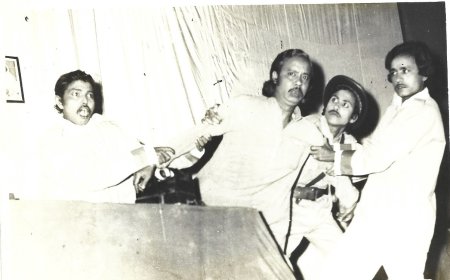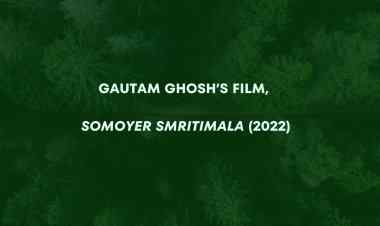NAANERA – A “UNKNOWN LANGUAGE” FILM FROM DEEPANKAR PRAKASH
'The film stands out and finds deep meaning mainly because of the sterling performances by the actors and marked by the most outstanding performance of Yashpal Sharma as Baloo who loves to cuddle and fondle rabbits and always asks his guardian-brother Kissan whether he has found a rabbit', writes Shoma A. Chatterji
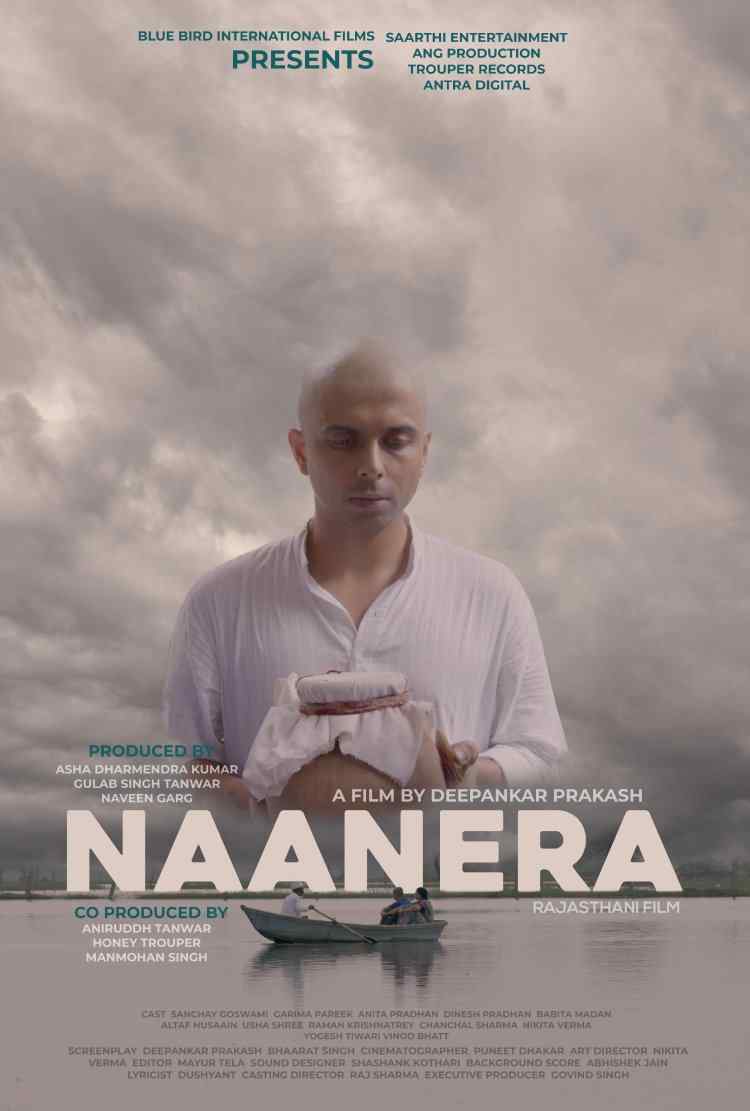
Noted film scholar Shoma A. Chatterji writes that Deepankar Prakash is an Indian film director and screenwriter who made a striking directorial debut with another “unknown language” entry Mooso meaning “The Mouse” which was also screened at the KIFF in 2019. He also made a few short films for streaming sites and some of them won awards too.
Naanera is a feature film that participated in the “Unknown Language” section of the 27th Kolkata International Film Festival of India in November last year. The film bagged the Best Director Award for the young director Deepankar Prakash. The film was originally entered for the “Unheard India” Section, but the selection committee upgraded to the Indian Languages Competition section, and it won the prestigious award for its director.
Deepankar Prakash is an Indian film director and screenwriter who made a striking directorial debut with another “unknown language” entry Mooso meaning “The Mouse” which was also screened at the KIFF in 2019. He also made a few short films for streaming sites and some of them won awards too.
Not very many films choose to focus on mentally retarded characters who are not crazy but have the mind of a child. Mooso deals with this kind of aberration in a very simple way. Mooso uncovers several layers of basic human nature through one mainstream young man Kissan (Prageet Pandit) and his childhood friend Baloo (Yashpal Sharma). They are so close that one thinks they are blood brothers. They share a common dream – to have a piece of land to farm in and to build a proper house. But there is a problem – Baloo is mentally retarded – not mad or mentally disturbed but his mind works like a child while physically, he is a fully-grown man, strong, handsome and very committed to Kissan.
The film stands out and finds deep meaning mainly because of the sterling performances by the actors and marked by the most outstanding performance of Yashpal Sharma as Baloo who loves to cuddle and fondle rabbits and always asks his guardian-brother Kissan whether he has found a rabbit. Through the only female character, Rani (Shweta Padda) the beautiful bride of a young man in the village who hardly communicates with his bride in physical terms, the director also unravels the sexual angst of a young woman whose desires remain unfulfilled.
“Baloo is pulled to this beautiful young woman not so much because she is beautiful and young but because he feels she is just like a rabbit who is soft and can be cuddled and fondled,” says Deepankar Prakash.

Image: Filmmaker Deepankar Prakash
Naanera is very different. It unfolds what can happen when the head of a family dies suddenly and the family is forced to go and live with the widow’s brothers and their respective families. After the death of his father, Manish's maternal uncles start taking his life decisions. His journey leads him to a questionable point when he begins a secret love affair with a cousin and the family finds itself in the midst of another death.
It has a very slow pace in keeping with the family and place it is backdropped in and is enriched by the beautiful acting by the entire cast led by Manish, a very quiet, introverted boy who is very obedient and hardly talks.
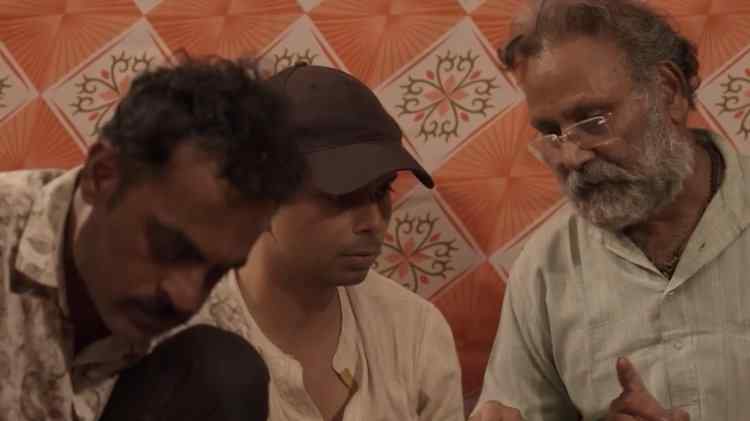
Naanera means the house of the maternal grandfather as the entire story is set in this place. The very quiet Mukesh who has no friends, tries his best to adjust to his new environment as his uncles, their wives and the bedridden grandmother are all very nice to him.
Explaining how he got drawn to filmmaking, Depankar Prakash says, “I accidentally went to a shoot with my brother-in-law. The film was Nainsukh, being made by Amit Dutta. I got deeply inspired by Amit and decided to make films.” The entire film was shot in Jaipur at a single stretch over 25 days. The music of the film is enchanting, haunting and mesmerising at the same time. There are two lovely folk songs too. When asked who composed the music for the film, Prakash says, “My music director is Abhishek Jain and we are working together since long. My understanding of music is quite good and that is why I always prefer to sit and work with a music composer. He knows exactly what I want because we have worked together in five projects so now the understanding is there.”
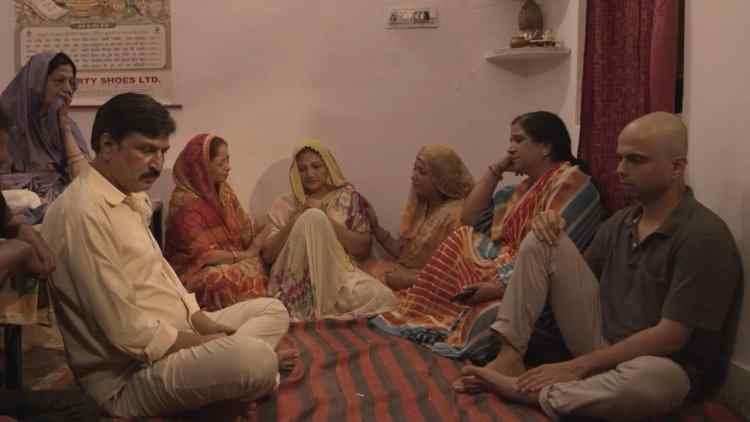
Image: film still
He adds that his entire acting cast is drawn from the theatre in Jaipur. “I had seen their plays and had also cast them in my previous projects, so it was quite easy for me to cast them.” He goes on to add, “I mostly did script reading sessions over two days. After that, I took the scripts back from everyone because I generally prefer actors with no script on the sets. So, almost everything was based on improvisations on whatever they recalled from the script-reading sessions. Another thing I stick to is that I hardly ever say “cut” even after a shot is over and let them carry on.”
Mukesh the young boy whose family is pressurizing him to get married and even go ahead to fix a girl for him, Mukesh is not interested in the least. But with time, we realize that he feels a strange pull towards his young cousin, almost his age, his elder maternal uncle’s elder daughter who goes to college. The feelings are mutual and they get into a torrid affair without the rest of the family having any clue about it. They make love in the attic of the sprawling house when everyone is asleep. But one night, they get caught and the whole house falls around them like a house of cards. Prakash has handled this entire phase very subtly and keeps it as understated as Mukesh’s character.
The colours used are in tones of yellows, ochres and browns in keeping with the architecture of the place in Jaipur where the story is located. The production design is limited mainly to the house with all its nooks and corners, the kitchen, the terrace with a few outdoor shots of the city where the young couple retires to for their few secret liaisons. There is not much dialogue in the film but the spirit of a tight-knit family is fleshed out very well. His uncles have no evil designs on the property Mukesh and his mother have left behind in their former home. The sisters-in-law do not feel the mother-son pair to be an additional burden on their already heavy household chores. Mukesh helps whenever he is asked to very very quietly. But no one seems to understand his real needs and desires
When asked why he kept it so subtle and understated like he has treated the rest of the film, Prakash says, “I have kept the film open-ended without drawing any conclusions about the incestuous relationship and its impact on the family. I think the impact of what I wanted to say would have been lost in the process of seeing the impact of that incident on the family.” And on that note, we part.
***
About the author: Dr.Shoma A.Chatterji is an Indian film scholar and author based in Kolkata.
What's Your Reaction?









































